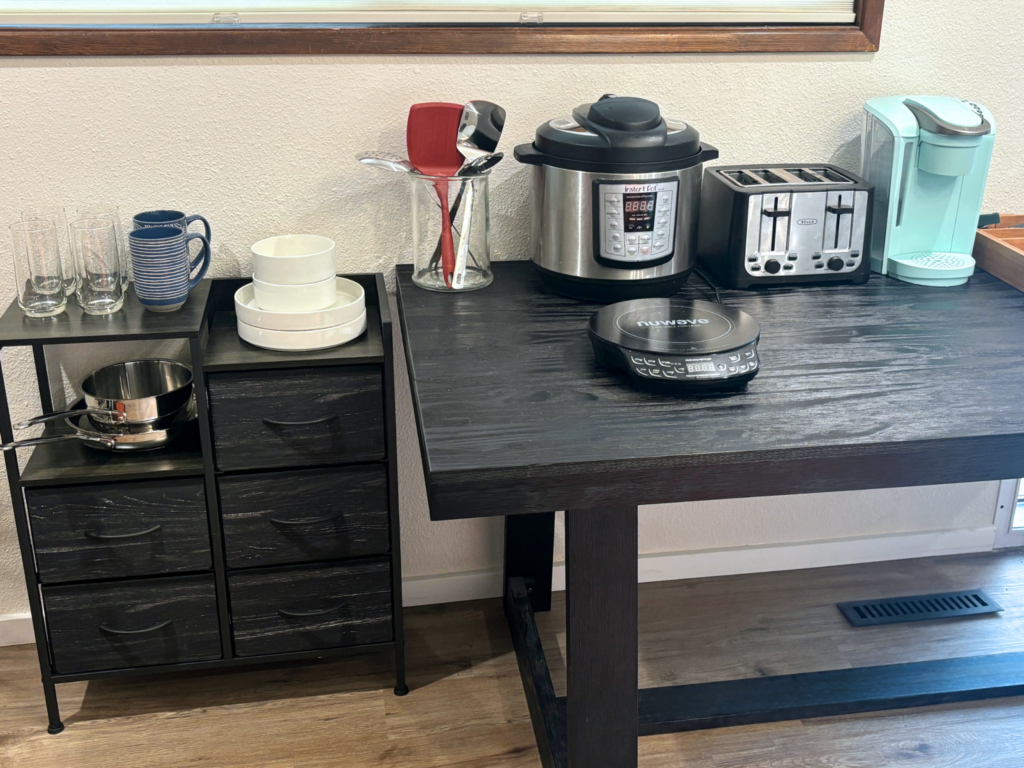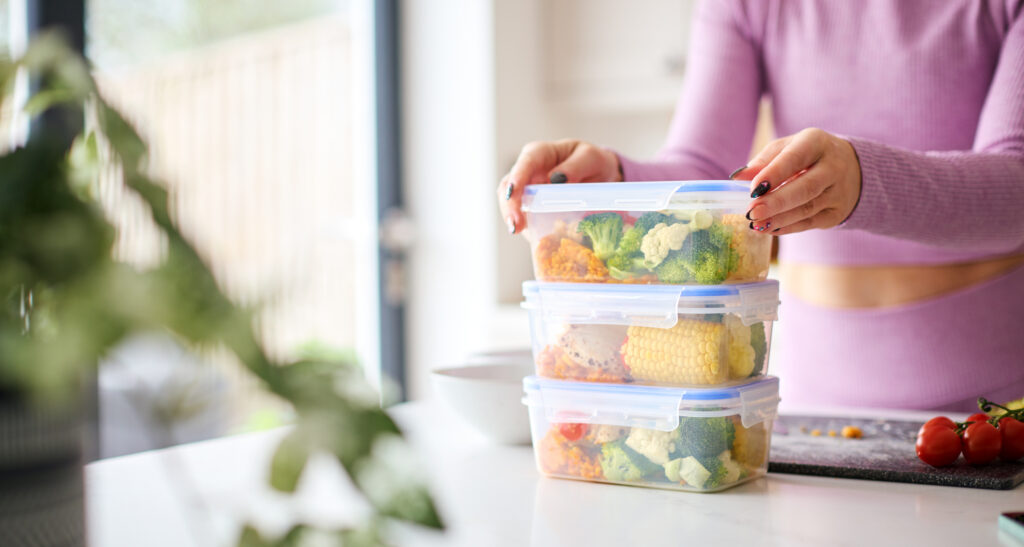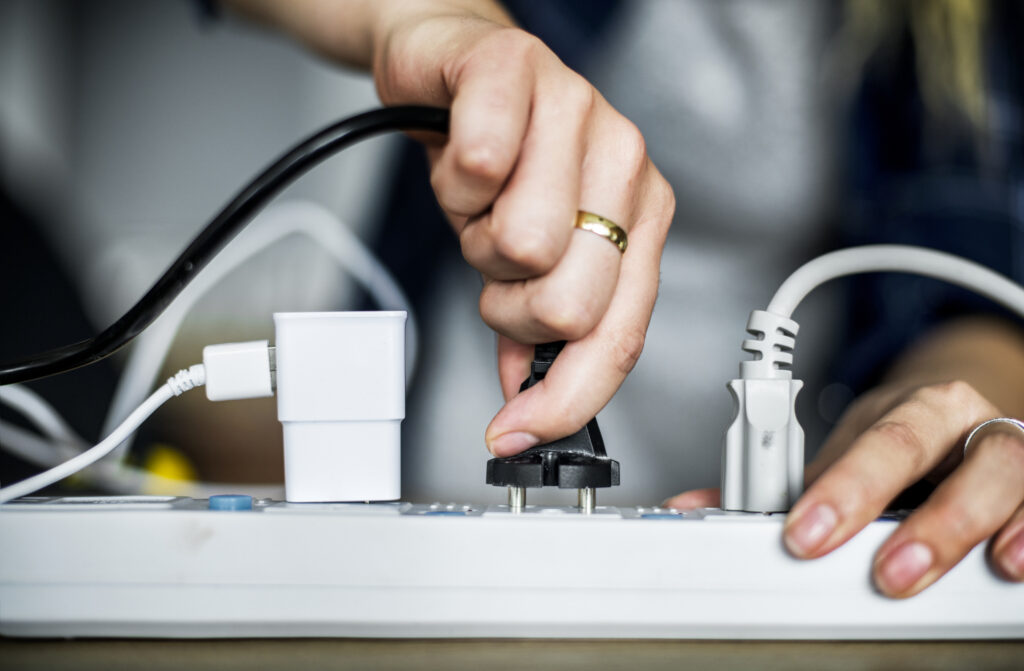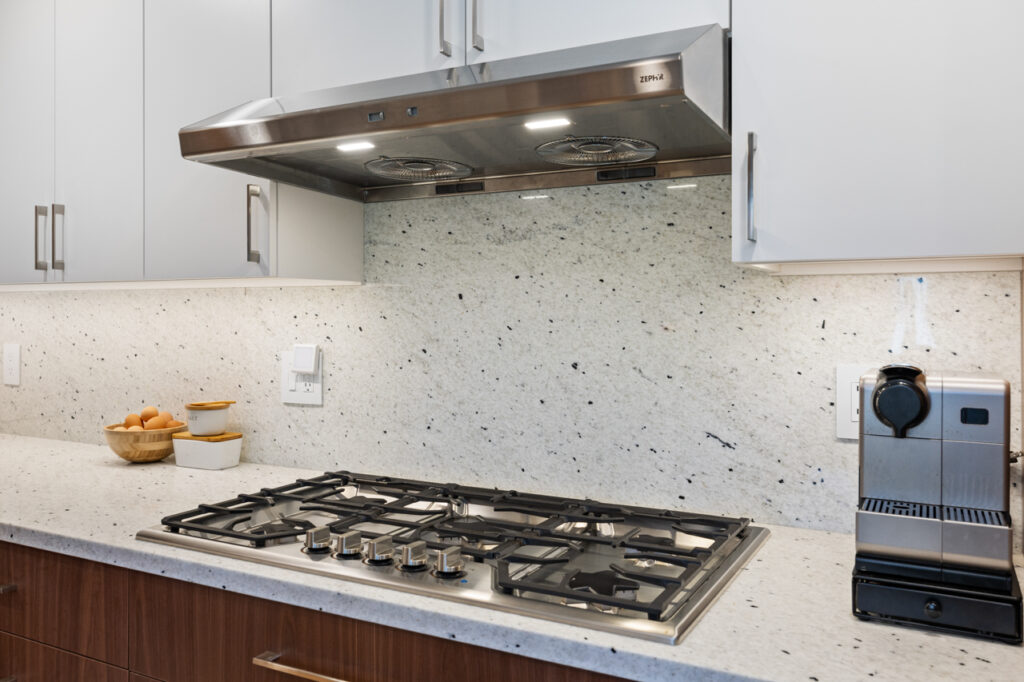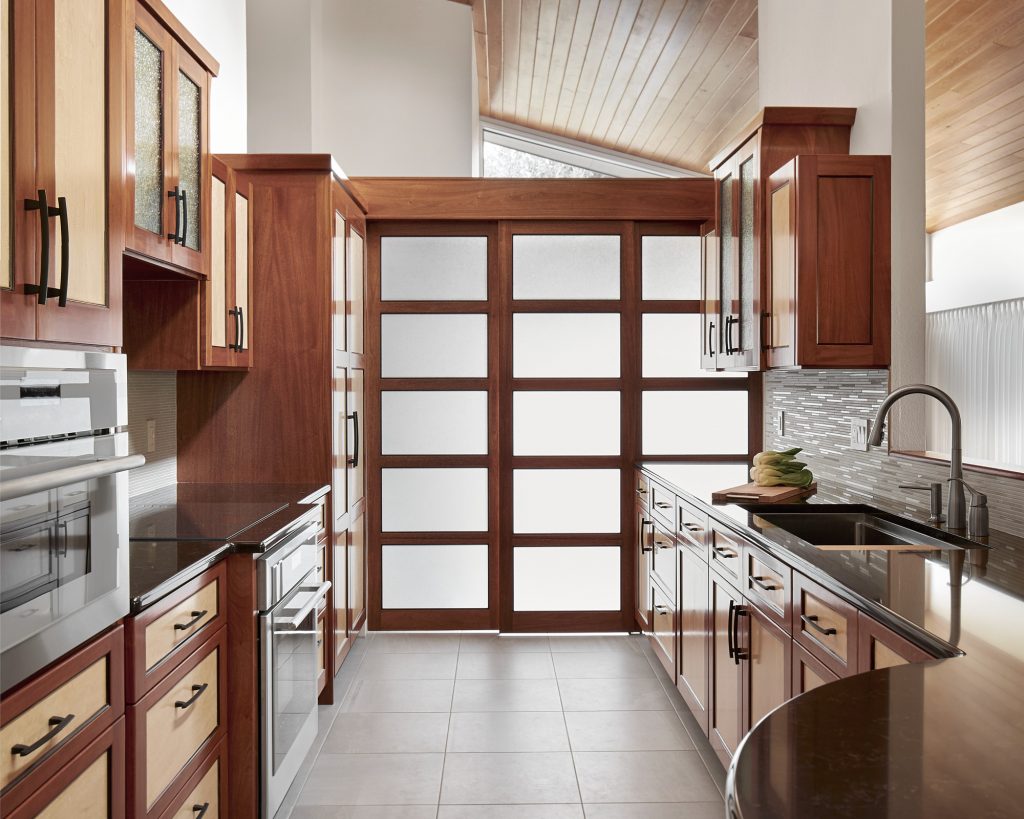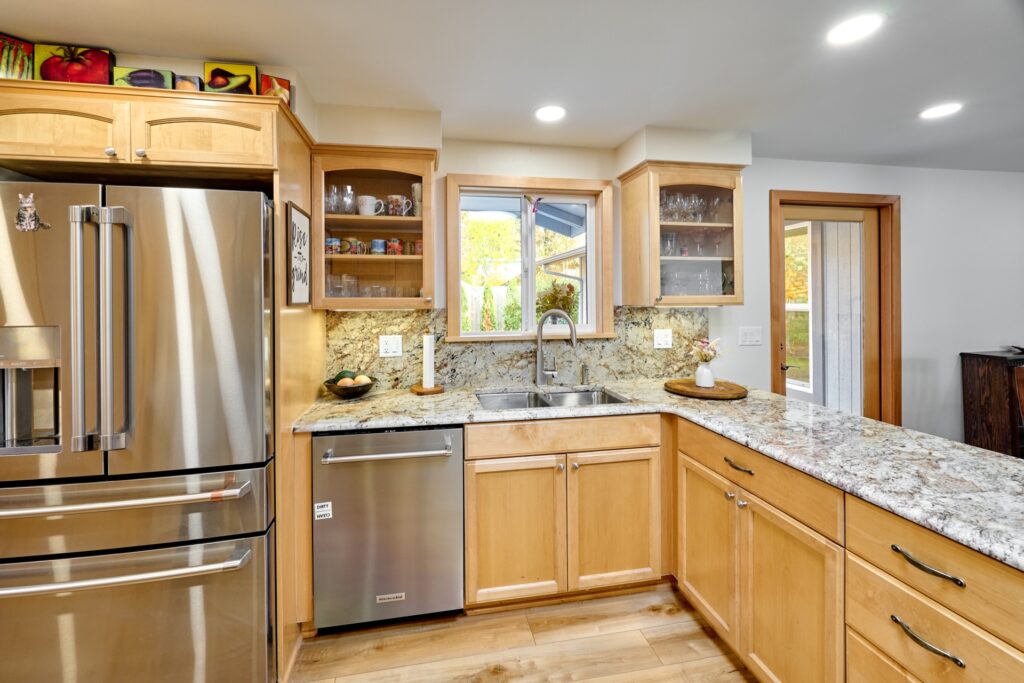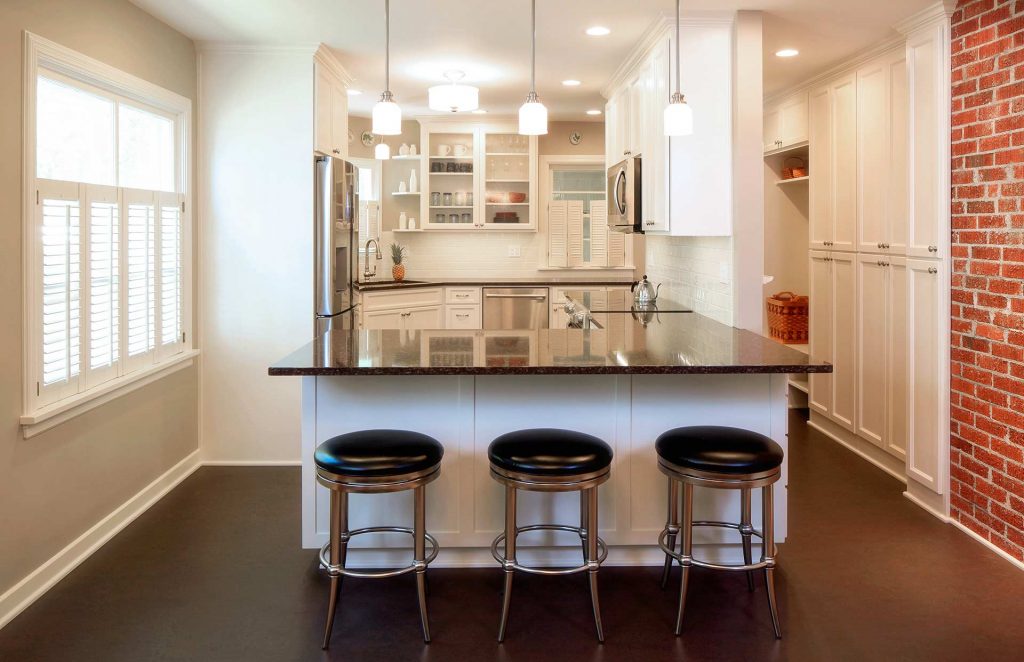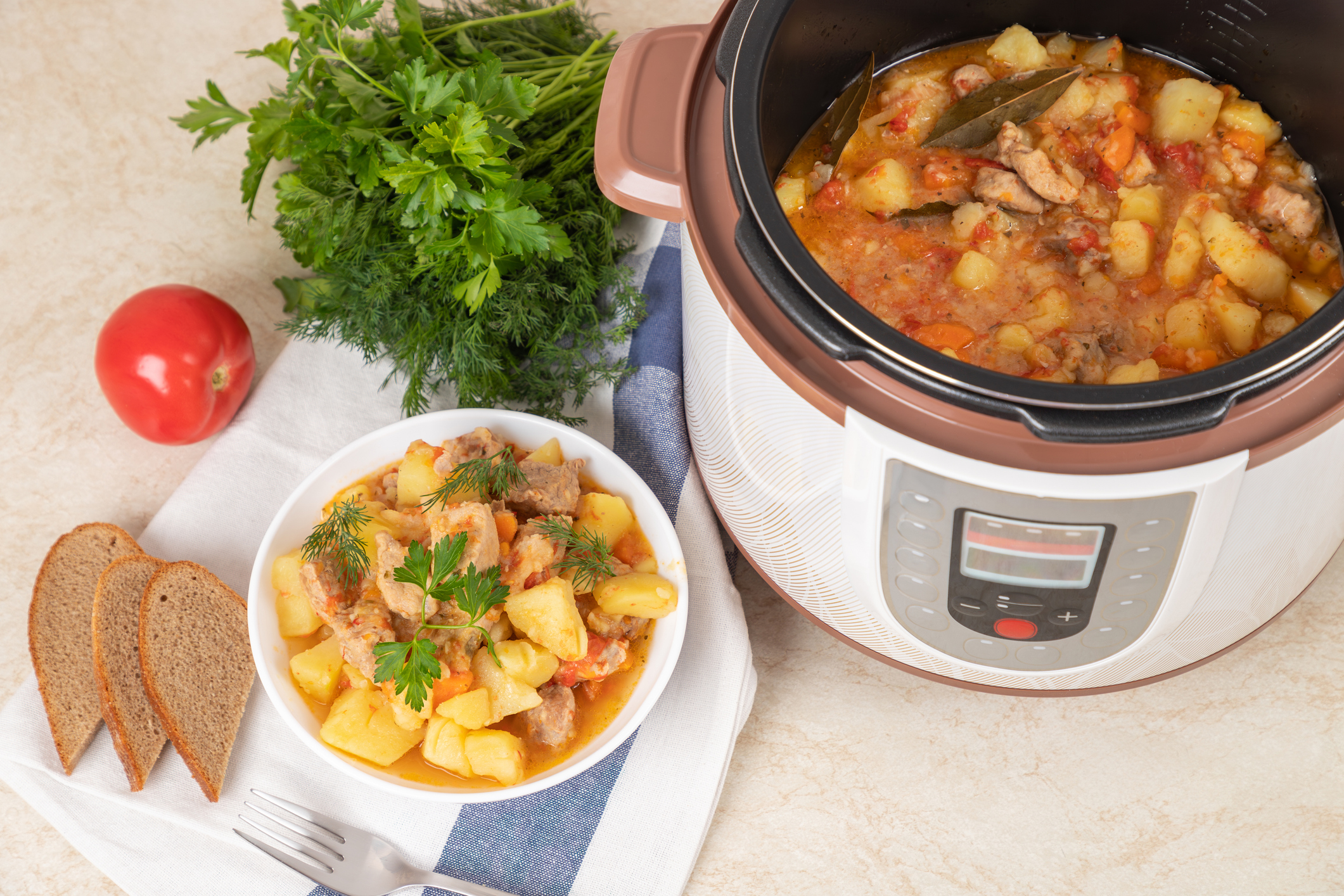
How to Set Up a Temporary Kitchen During Your Corvallis Remodel
Remodeling your home is an exciting journey, and watching your dream kitchen take shape is incredibly rewarding. However, living without a functioning kitchen can be challenging. With a little planning, setting up a temporary kitchen can ease the transition. A well-organized space will help maintain normalcy and make mealtimes less stressful.
Choosing the right spot for your temporary kitchen
The location of your temporary kitchen is critical to its functionality. It should be set up away from construction dust and debris while remaining accessible. Ideal locations include:
- Dining room – Keeps you close to your usual eating area for convenience.
- Living room – Provides a spacious and organized setup.
- Spare bedroom – Offers separation from the construction zone.
- Basement – A quiet space with extra storage.
Outdoor options for warmer months
- Garage – Provides shelter and ventilation, ensuring airflow and power access.
- Back patio or deck – These are great for grilling and using portable appliances in an open-air setting; consider adding a shade cover or canopy for protection from the sun and rain.
- Outdoor kitchen setup – If you already have a grill or outdoor cooking station, now is the perfect time to maximize its use.
Access to electrical outlets is essential, and if possible, setting up near a utility or bathroom sink will make cleaning up much easier.
Essential appliances for a functional setup
When moving out of your main kitchen, select only the essential appliances to keep in your temporary space. Think about what you use most and what will fit your cooking style. Here are some commonly used appliances:
- Mini fridge or relocated full-size refrigerator for food storage.
- Coffee maker to maintain morning routines (because let’s be honest, you’ll need it!)
- An electric skillet or hot plate for simple cooking.
- Instant Pot or slow cooker for easy one-pot dishes.
- Microwave for quick reheating.
- A water cooler for convenient hydration when sink access is limited.
- Outdoor grill to expand cooking options, particularly in warmer weather.
Supplies
Stocking your temporary kitchen with essential supplies will simplify daily tasks. Keep a limited selection of cookware, such as a spatula, a few sharp knives, a cutting board, and a mixing bowl. To minimize dishwashing, consider using disposable plates, cups, and utensils. Providing each family member with one travel mug and reusable water bottle will help reduce clutter. Additionally, ensure that your kitchen trash can is nearby, along with extra trash bags, paper towels, and a surface cleaner to maintain cleanliness in your temporary space.
Pro Tip: Stay green during your remodel by opting for reusable plates and utensils instead of disposables. Compost food scraps whenever possible and recycle packaging from pre-made meals. If you must use disposable items, opt for biodegradable or compostable options to minimize environmental impact.
Determining what to keep accessible
Minimizing clutter while maintaining access to essentials is key. Consider the following:
- Reserve one set of tableware per person and clean it immediately after use to keep dishwashing manageable.
- Keep daily-use appliances accessible. Items such as a coffee maker should remain within reach for convenience.
- Store non-essential appliances. Blenders, food processors, and other infrequently used items should be packed away to reduce clutter.
- Maintain a streamlined space. Keeping only the necessities in your temporary kitchen will make meal preparation easier and more efficient.
Establishing prep and storage areas
Creating an efficient prep and storage area will help keep your temporary kitchen organized and functional. Start by designating a sturdy surface, such as a folding table or countertop, as your primary prep station. Store essential dishes, utensils, and pantry items in plastic bins or drawers for easy access. If space allows, set up shelves or portable racks to keep bulkier items, like cereal boxes and cookware, neatly arranged. Labeling storage containers will help maintain organization and ensure that everyone in the household can easily find what they need. If you don’t have a sink nearby, consider setting up a designated bin for dirty dishes and washing them in batches to streamline cleanup.
For items you won’t need during the remodel, designating an appropriate storage area will help maintain organization. Smaller household items can be placed in a spare guest room, basement, or garage, keeping them out of the way while still within reach if necessary. For larger furniture and seasonal belongings, consider using a portable storage container or an offsite storage unit. This will free up valuable space in your home and ensure your temporary kitchen remains as functional as possible.
Simplified meal preparation during the remodel
Cooking elaborate meals is impractical during a remodel, so opting for quick and efficient meal options is essential. Plan simple meals that require minimal appliances, such as one-pan dishes or slow-cooker recipes. Purchasing pre-cut vegetables and pre-cooked proteins can save time and reduce the need for excess tools and cleanup. Stocking up on frozen or ready-made meals provides a convenient option for busy days, and budgeting for occasional takeout can help alleviate the stress of meal prep. For more inspiration, check out these easy meal prep ideas to simplify cooking during your kitchen remodel.
Ensuring safety in your temporary kitchen
Safety should be a top priority while using a temporary kitchen. Store perishable food at appropriate temperatures to prevent spoilage, and ensure that extension cords are secured to minimize tripping hazards. Monitor appliances while in use to avoid overheating, and never leave them unattended. If your temporary kitchen lacks a sink, keep hand sanitizer or disinfecting wipes readily available. Lastly, always have a fire extinguisher nearby as an extra precaution.
Understanding the Timeline: How long will you be without a kitchen?
The duration of a kitchen remodel varies based on the scope of work, but most renovations take around 6 to 10+ weeks to complete. Before construction begins, our team at Henderer Design + Build + Remodel will work with you to establish a realistic timeline, allowing you to plan your temporary kitchen setup effectively. A clear understanding of the schedule will help you plan meals, storage, and daily routines more effectively. For more details on what to expect during the design + build process, check out our blog post: How Long Does It Take to Remodel in Corvallis?
The Reward: Your dream kitchen awaits!
Though temporary inconveniences exist, the result will be well worth the effort. By implementing an organized and well-equipped temporary kitchen, you can navigate your remodel with ease and look forward to a beautifully transformed space tailored to your needs. Once your new kitchen is complete, you will be able to enjoy a refreshed, functional, and aesthetically pleasing space that enhances your home and lifestyle. Are you ready to begin your kitchen remodel? Contact us today to bring your dream kitchen to life!
Share This Post
Other articles you might like

How to Prep Your Home For Winter
As the days grow shorter and the weather becomes colder here in the Willamette Valley, it’s the perfect time to prep your home for winter.
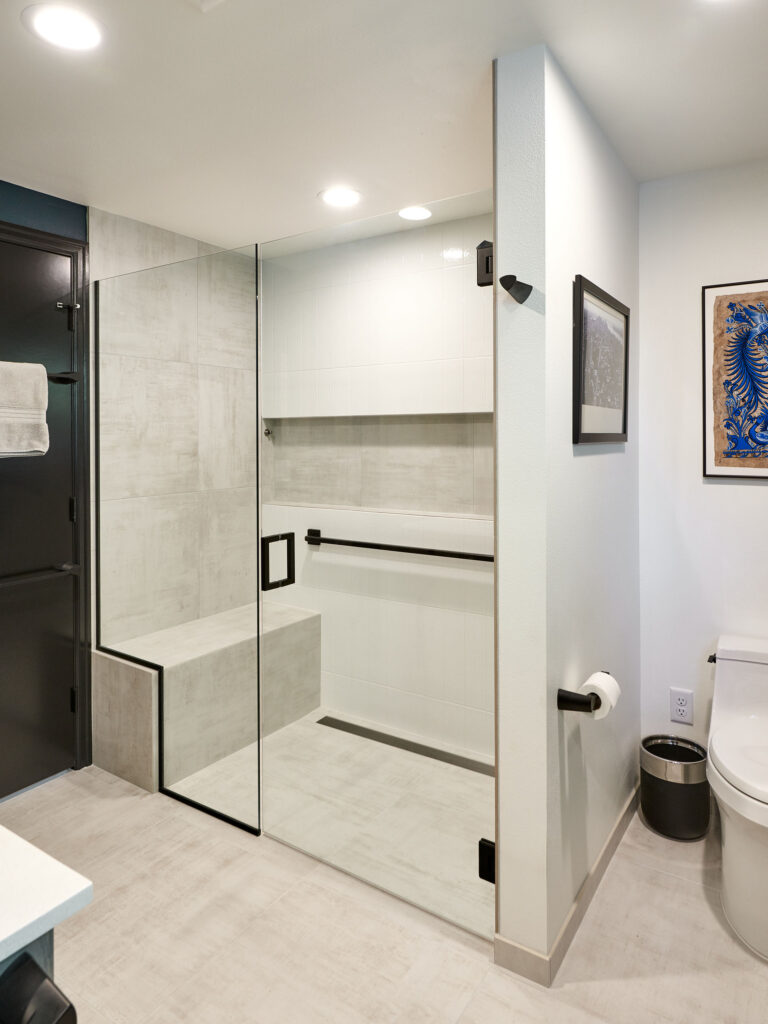
Universal Design and Your Forever Home
In our last post, we discussed Universal Design and what it means to create spaces that are accessible for all. Universal design principles apply not
